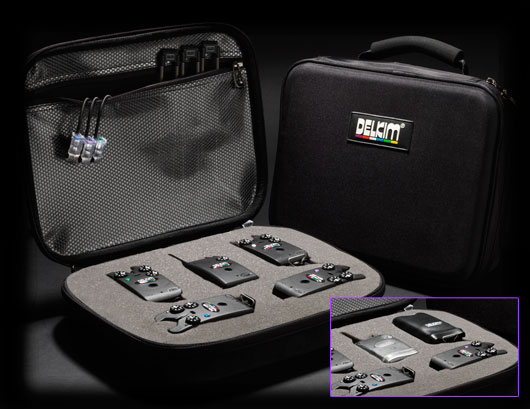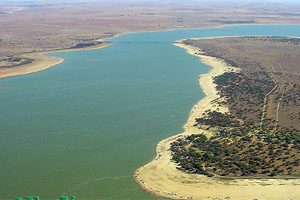Carp fishing Ideas: Enhance your Carp Rig to acknowledge Inserts and Aborted Will take
When you are out carp fishing, among the many challenges you find out is telling the principle variation from a huge lining and also an aborted take.
A mean state of affairs goes like this: you happen to be with tolerance awaiting a carp to acquire your bait, and away from the blue you get a flurry of beeps out of your alarm and perhaps even the tip of the fishing rod begins to jerk and also you think you have got a seafood hooked. You are sure demand has moved and hurrying toward the fishing rod you with enjoyment strike into that which you anticipate to be a big carp nevertheless it really works out to become outside. You wind in, anxiously wishing to acquire keep on the seafood but without achievement, there is nothing while in the complete in the line. Right after this you examine the carp rig, inspect the hook and issue what went down. I recently emerged using a method to improve your carp rig that may describe for those who have ended up created having a large lining or perhaps an aborted consider.
The way you can modify your carp rig
For quite a while it has been broadly acknowledged that adding a bit of plastic tube to slide in the shank in the hook and capture your hair can be employed a telltale signal to stage regardless of whether a carp has blown the bait. Now that's all fantastic and dandy, I have attempted it but I've managed to move on. I'm content using the performance of my carp fishing rigs and I might rather not change the true way it works. With my rig, the moment the carp accumulates charge, shakes its mind or moves off, demand will disappear the plastic tube, slide down the road and be a working carp rigs, thus stopping the carp by making use of demand to swing the hook and providing you with very good chunk indicator whichever way it swims.
Just what I started carrying out lately is departing the tail which is still left soon after I have tied the 5 flip double knot about 30-40mm lengthy. Then i slide the plastic tube within the end from your eye through the swivel which pushes the tail forwards for that swivel. After I am ready and ready to go, I slide back again charge from the plastic tube for the mainline. I Speedily go on and consider lengthy knot tail and poke it in for the gap within the centre from the inline guide in which the location was as soon as. Holding the tail from your plastic tube, I frivolously slide demand down once more over equally tail and plastic tube to tarp the tail. Only do that with enough contentration to make sure that charge just grips the tube when held by means of the baits. This can be the way the rig will seafood, tail trapped ready for doing factors. If your seafood accumulates the bait, shakes its thoughts or moves off, demand 35mm slides off.
Understanding you've got experienced an aborted take
Inside of this instance, point out that the hook was not sharp enough or even the seafood was just just nicked as well as the carp will get absent with. A pair of seconds later on, you strike into outdoors, catch and inspect charge. If the tail is becoming fully uncovered, not-hidden if you would like, you may know you have been done together with a rigorous inspection in the hook is needed. In the end this: after the direct 35mm slides again, the tail jumps out and kicks forwards because the plastic tube bends its back again to the swivel. All around the retrieve, cost 35mm slides down once again within the plastic as well as the swivel, and stops the tail from re-entering the opening. So regrettably, you might have experienced an aborted get, but no less than you might be nearly 100% specified which is what it were.
Acknowledging it only agreed for being a big lining
In the next illustration, permit us say a sturgeon or maybe a large catfish accumulates your traces making use of its chest and supplies a breathtaking little consider. Cost will get pulled sideways within the gravel since it is being drawn by means of the mainline. Cost isn't going to lose relationship together with the plastic tube pressed within the swivel because it is becoming drawn about it. You strike what you consider to be a genuine consider just to really feel no resistance. You wind in, examine charge and also the telltale tail continues to be nicely hidden in to the lead. You have now realized it had grow to be just a huge lining, you have held to redo the fishing rod nonetheless, you could possibly have needed to accomplish that in any case following the guide and rig (specifically the hook) come about to become pulled inside the bottom.
The key aspect is that you merely know exactly what went down by searching within the problem from your tail within the guide so try it out another time you might be out and don't forget: charge never ever lies!
One of the first Carp Rigs you should know is the Hair Rig. To learn this Rig check my reference.
 The word tackle has been used related to fishing since the 1300’s. It is used to refer to the various pieces of equipment that can be used for fishing. It usually refers to fishing rods, reels, lines, hooks, sinkers, and lures. A tackle box is obviously a box where you can store your tackle. If you want to refer to a complete collection of tackle that you have ready to go you can call it a rig.
The word tackle has been used related to fishing since the 1300’s. It is used to refer to the various pieces of equipment that can be used for fishing. It usually refers to fishing rods, reels, lines, hooks, sinkers, and lures. A tackle box is obviously a box where you can store your tackle. If you want to refer to a complete collection of tackle that you have ready to go you can call it a rig.